Type of resources
Available actions
Topics
Keywords
Contact for the resource
Provided by
Formats
Representation types
Update frequencies
status
Scale
-
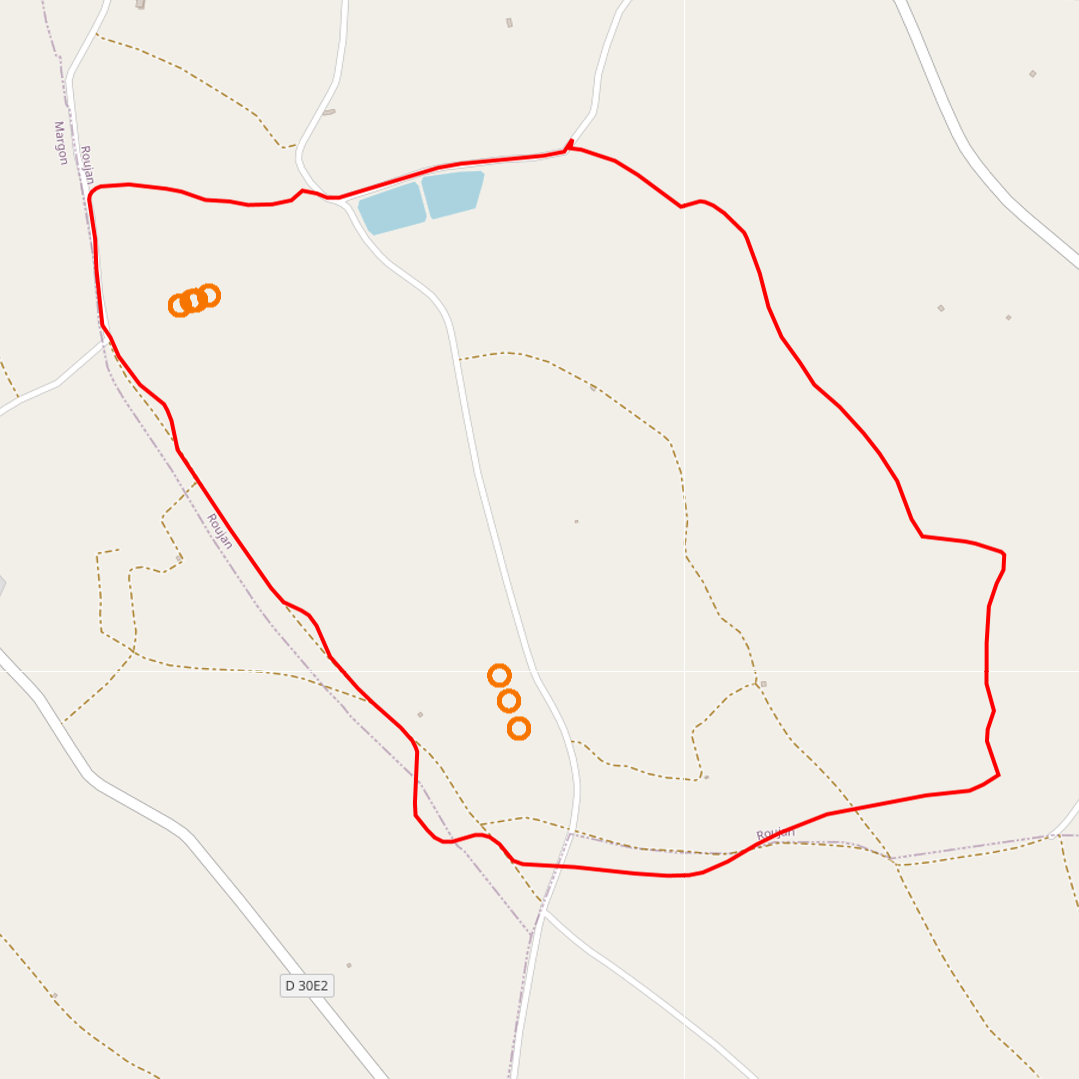
The thematic map provided allows you to visualise the measurement points concerning this data acquisition device. This map is accessible via a standardised WMS flow, but also enables the data sets associated with the measurement point to be downloaded, depending on the case, via the ORE OMERE data portal.
-
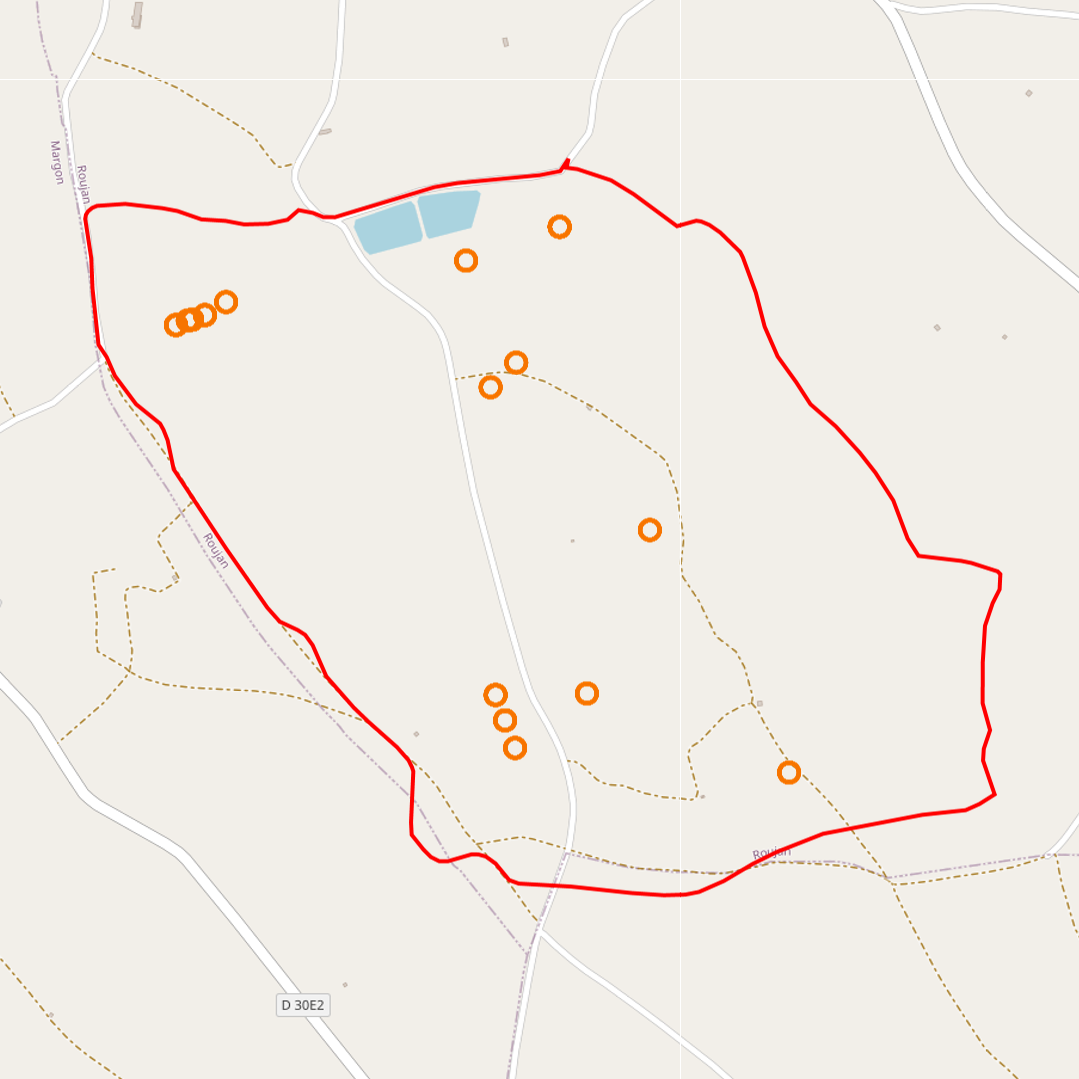
-
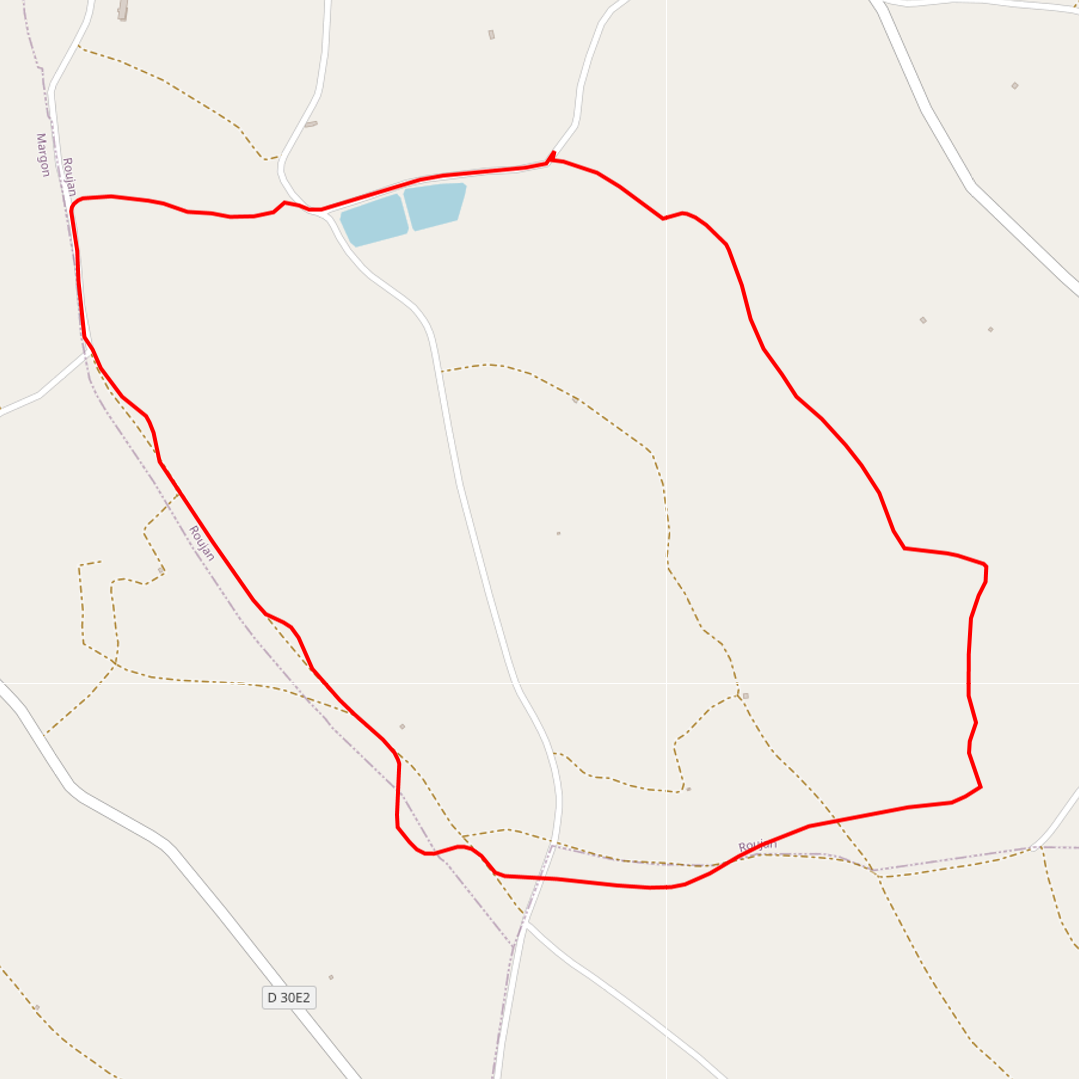
These data correspond to a non-systematic monitoring of dissolved, particulate or total organic carbon contents in water (rain, surface overflow, underground water) in the Roujan catchment area.
-
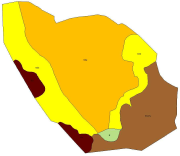
Geological map of the Roujan catchment area ( 1/5000 scale), modified from the official BRGM geological map (1/50000 printed map number 1015)
-
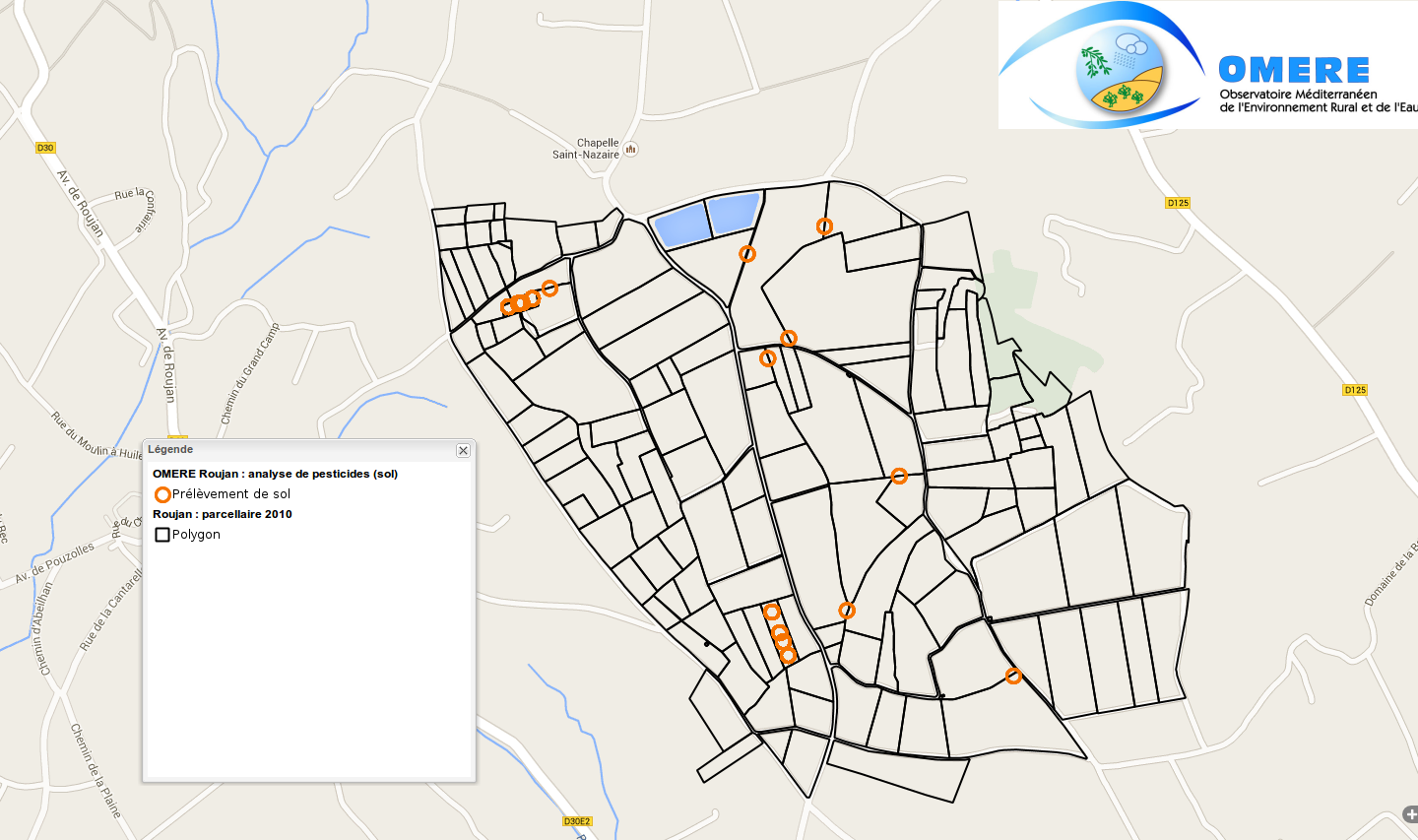
Evaluation of pesticides contents in cultivated soils in the Roujan catchment area.
-
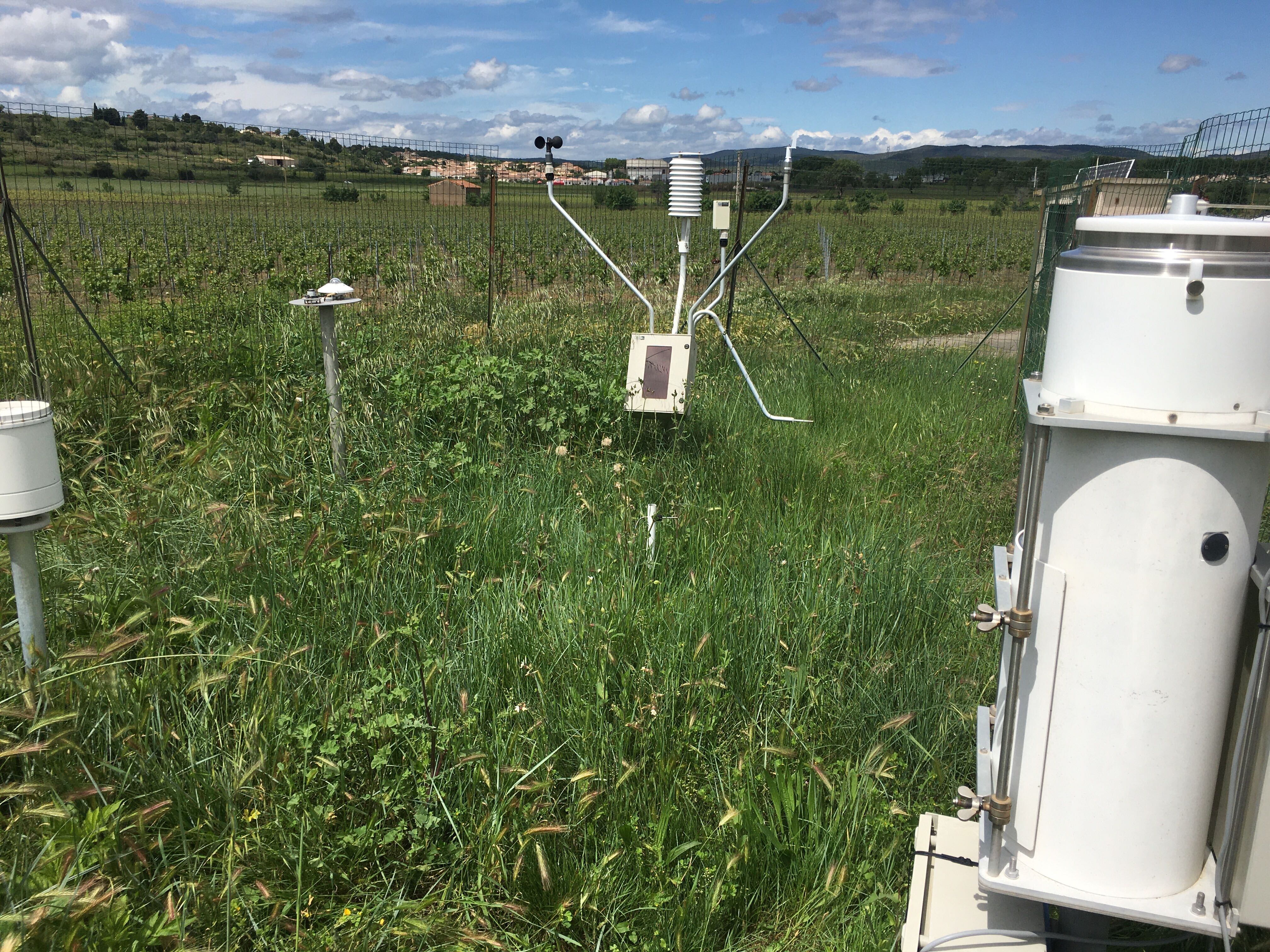
The main crop is the vine. The site is strongly anthropised (network of ditches, terraced slopes, etc.). The climate is sub-humid Mediterranean with a prolonged dry season. The average annual rainfall is around 650 mm and the average annual ETP (Penman) is 1090 mm. The basic hydro-meteorological equipment, in place since May 1992, consists of a network of 9 rain gauges and 4 pluviographs, a device for measuring water table heights (14 sites), a device for measuring flows, suspended matter and pesticides at the outlets of the catchment area and of two plots with different cultivation routes and a network of 8 stations for measuring soil water content and water potential. Roujan was part of the reference catchment area network of the Network Observation Service Used for Hydrology Research created by the GIP Hydrosystème.
-
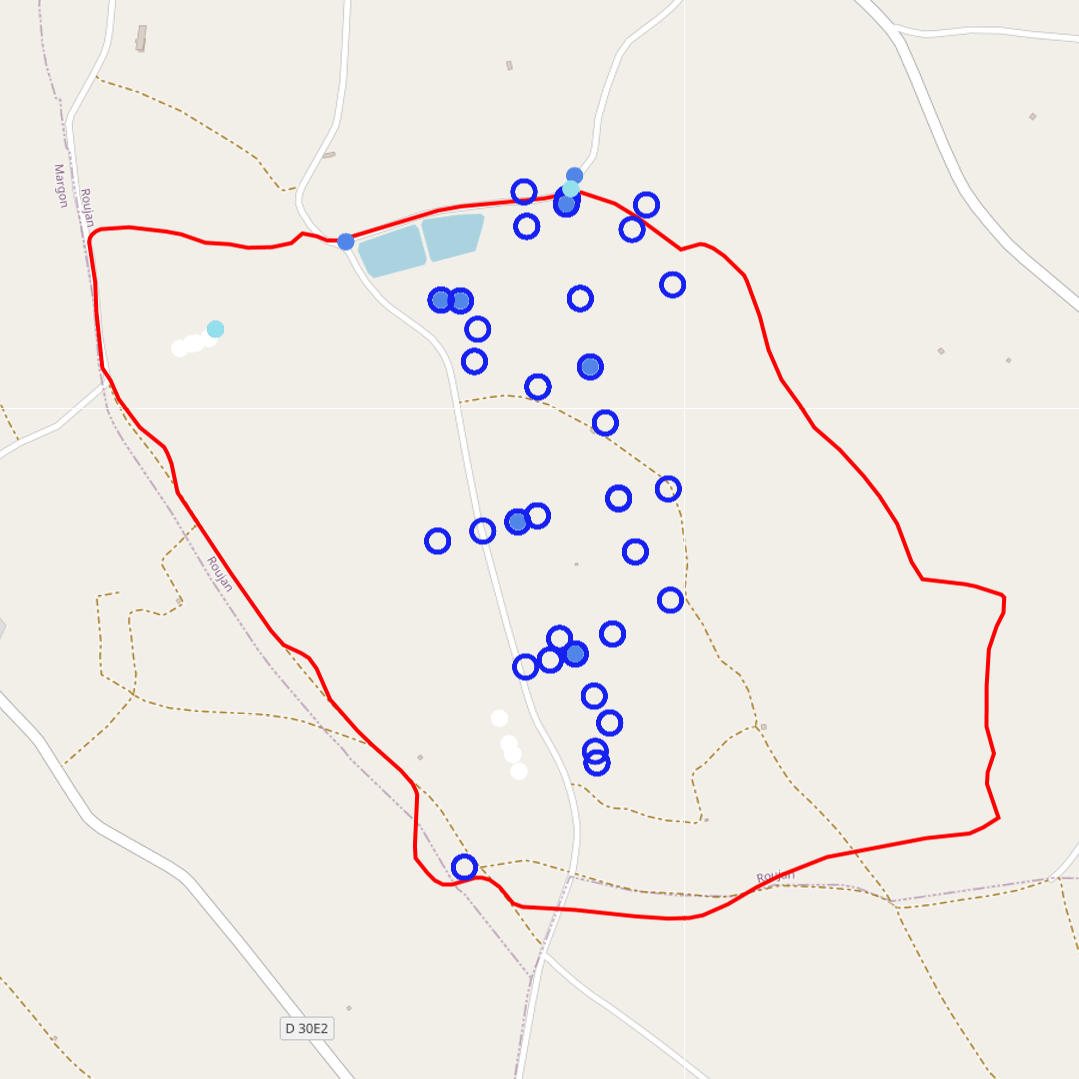
The physico-chemical parameters measured in the Roujan basin and accessible via the data portal concern the measurement of elements such as pH, redox potential, temperature and conductivity, carried out during sampling in the basin.
-
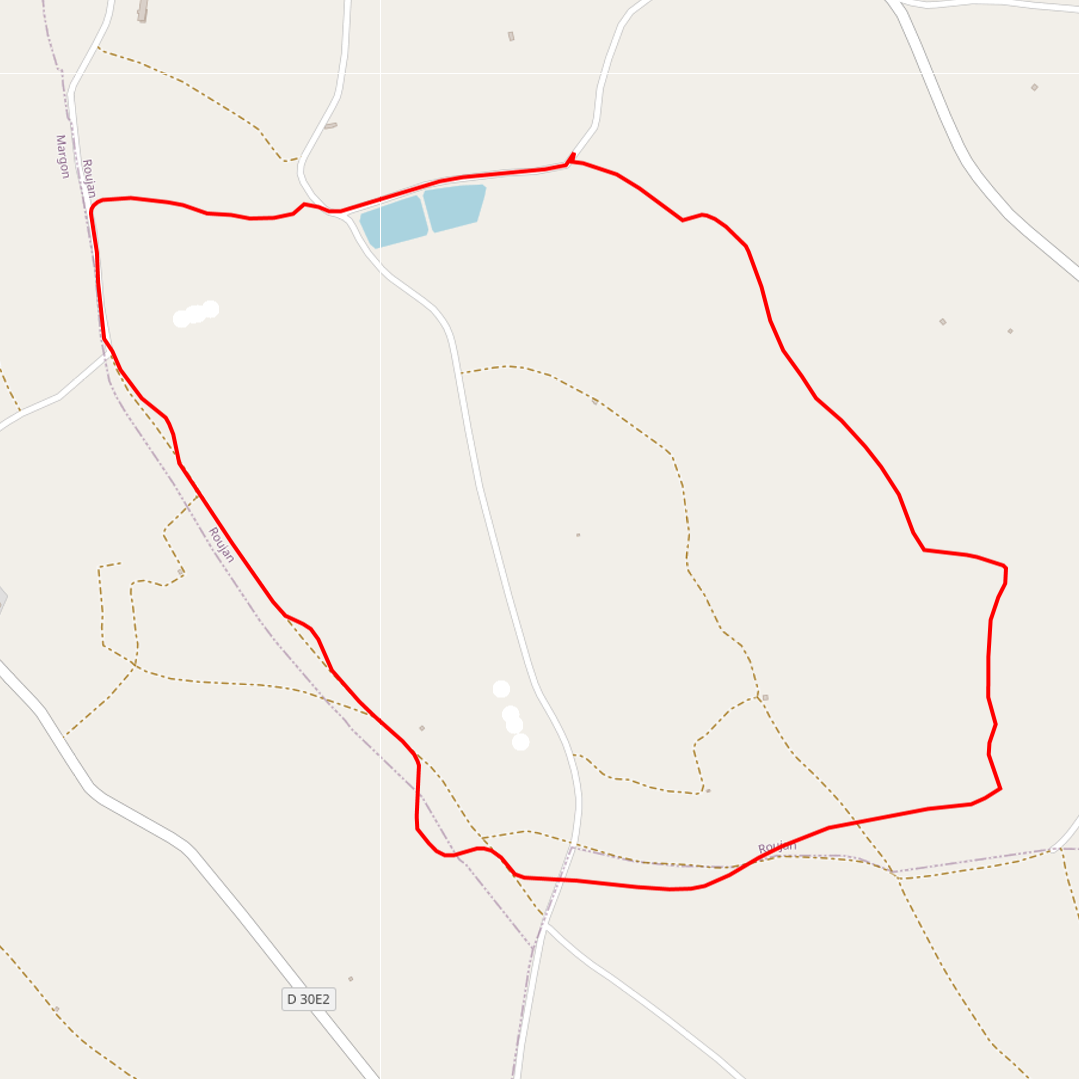
Pesticide contents are determined on the suspended matter extracted by filtration (0,7µm) in runoff water. Contents allow quantification of particula transport of pesticides and allow too compare it to solute transport.
-
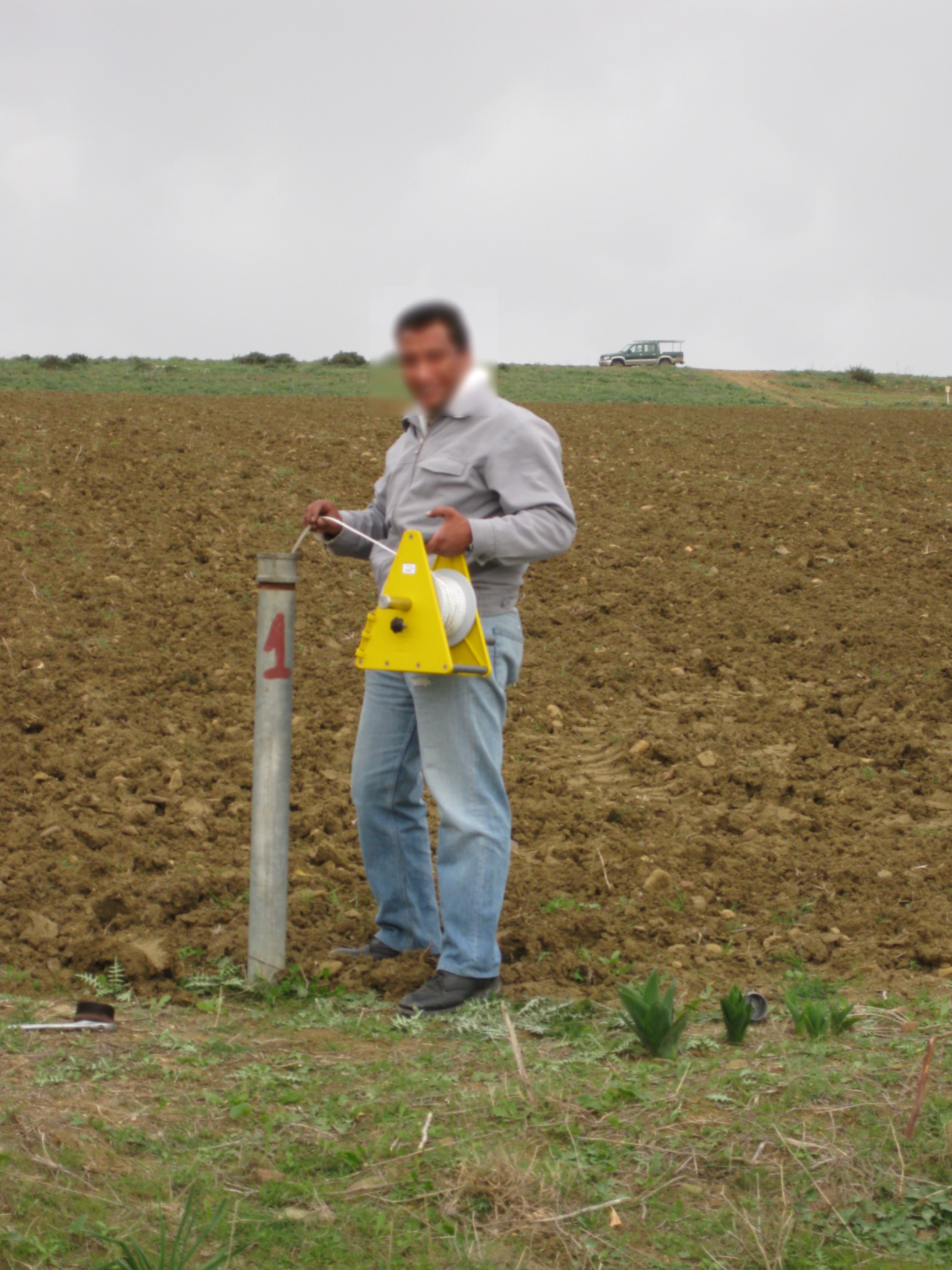
The groundwater temperature is measured at different points in the Kamech catchment. In Kamech site, the groundwater is shallow with a free surface water table rising and falling in the soil and subsoil layers. The measurements are made at different points in the catchment with piezometers. A piezometer is a perforated PVC tube at its base installed in the soil through a borehole. In every piezometer, the groundwater temperature is monitored at high frequency (~15') with autonomous and automatic temperature probe integrating acquisition units. Through the OMERE data portal accessible from this website, the data can be downloaded from an interactive map.
-
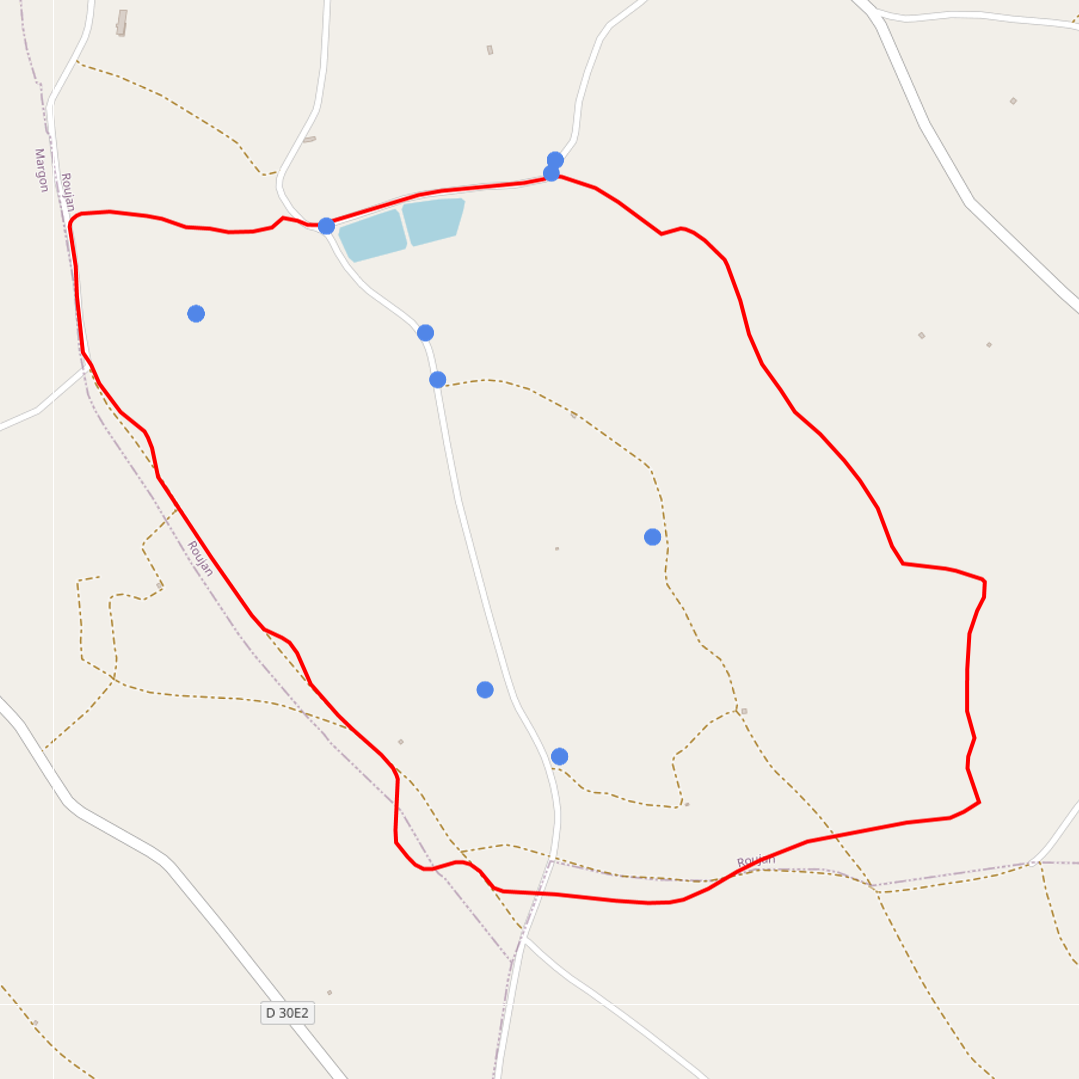
The monitoring of suspended sediment loads in runoff and stream flows aims to quantify the amount of sediments translocated during runoff events. These measurements contribute to the understanding and the quantification of the soil redistribution induced by water erosion processes. The measurements of suspended matter are made through manual and automated water sampling at the hydrological stations, which are then processed and analysed in the laboratory to derive suspended sediment concentrations. A turbidimeter has been recently installed to complete the time series of sediment discharge. Suspended sediment concentrations are integrated into the HYSAE database, they can subsequently be consulted and downloaded via the OMERE data portal.
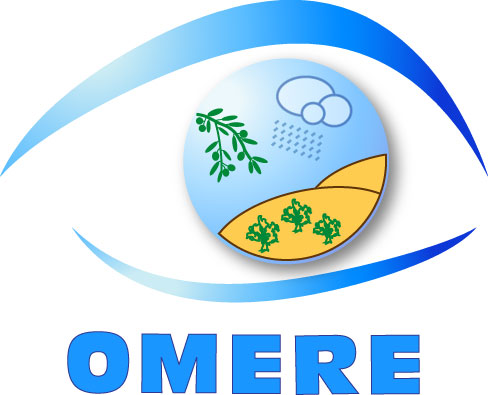 Catalalogue de l'ORE OMERE
Catalalogue de l'ORE OMERE